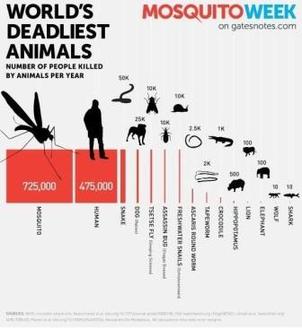Venomous Snakes |

Custom Search
|
|
Venomous snakes are species of the suborder Serpentes that are capable of producing venom. Venomous snakes include several families of snakes and do not form a single taxonomic group. These include members of the families Viperidae, Atractaspididae, Elapidae, and Colubridae.
The venomous snakes are divided into 2 major families, those with neurotoxic type venoms, such as coral snakes, sea snakes or cobras like the king cobra and those with hemotoxic venom, like vipers and pit vipers such as the bushmaster. Although this distinction is generally accurate, it fails to demonstrate the true complexity of snake venom, a combination of literally dozens of complex chemicals whose proportions vary both by species but also individually. Venomous snakes use modified saliva, and snake venom, for the purpose of immobilizing or kill their prey and in self-defense. They usually deliver it through the highly specialized teeth, such as grooved or highly mobile hollow fangs. In contrast, non-venomous snake species will either constrict their prey or overpower it with their jaws, like the Burmese Python. Of all snake species, less than 1/3 are venomous and even less are dangerously venomous to humans, around 10%. However, there are exceptions in Australia for instance 65% of all snake species are venomous when compared with the United States, where only 10% of the snakes are venomous. Worldwide, India is the country with most venomous snake bites, with around 35,000 to 50,000 fatalities each year due to snake bites, mainly from the deadly Big four Indian snakes. Pakistan with approximately 8000 fatalities yearly, comes second. In the USA 8,000 bites from venomous snake species are reported each year.
Of course. there are also venomous snakes in other regions like South America and the African continent, even in Europe we can find some venomous snake species, although Europe can't be considered the dream destination for snake enthusiasts and herpetologists. There is some confusion about snakes, are they venomous or poisonous? Venomous snakes are often said to be or considered poisonous, the use of the term is not the correct since venom and poison are 2 very distinct entities. An animal or plant for that matter is considered venomous when it needs to inject you with some form of venom. On the other hand. something is poisonous when it can harm humans through touch or ingestion. Poisons are absorbed by the body, such as through skin or the digestive system, while venom must first be introduced directly into tissues or the bloodstream by mechanical means, like the snake's hollow fangs. Drinking snake venom is for example harmless as long as there aren't lacerations inside the mouth or the person's digestive tract. There are of course exceptions like the Rhabdophis keelback snakes that secrete poison from glands they get from the poisonous toads they consume, and similarly, certain garter snakes from Oregon retain toxins in their livers from the newts they eat. Venomous snakes are probably the most dangerous animal in the world, right? Wrong, snakes and particularly venomous snakes are dangerous and people should avoid harassing and of course, try to catch them. But to put the number of human fatalities caused by snakes in perspective, we need to remember that mosquitoes and humans kill far more people than snakes or crocodiles that also have a bad reputation. Even the animal that is considered the men's best friend, the dog kills around half of the people that snakes do.
|
Did You Know?
A recently discovered fossil snake was 49 feet long, longer than a school bus! Meet the Titanoboa. |
© 2014 Snake Facts About Us | Privacy Policy | Contact








